How to finish butcher block counter-Formby's?
vindivino
15 years ago
Related Stories
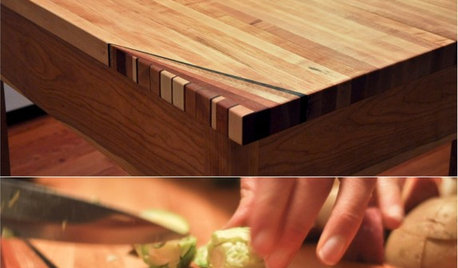
WOODWORKINGHow to Clean and Care for Your Butcher Block
Keep butcher block counters and boards looking sharp as a knife — and sanitized for safe food prep — with this advice from a pro woodworker
Full Story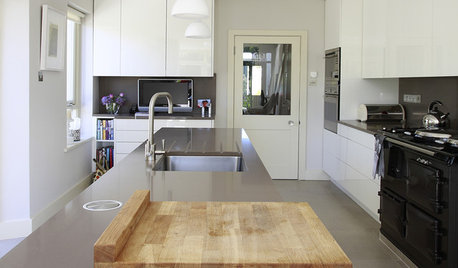
KITCHEN DESIGNButcher Block Makes the Cut for Holiday Kitchen Prep
Countertops and cutting boards will likely take a beating over the holidays. These butcher blocks have the chops to perform under pressure
Full Story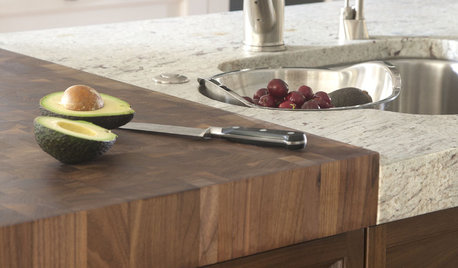
KITCHEN DESIGNKitchen Counters: Try an Integrated Cutting Board for Easy Food Prep
Keep knife marks in their place and make dicing and slicing more convenient with an integrated butcher block or cutting board
Full Story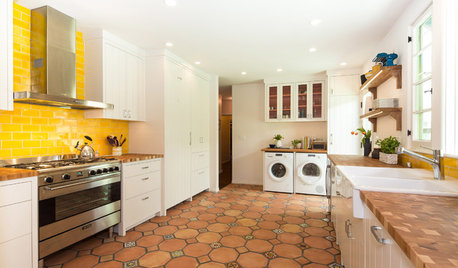
KITCHEN DESIGNNew This Week: 4 Surprising Backsplash and Countertop Pairings
Make your kitchen workspace stand out with colored ceramic tile, back-painted glass, butcher block and more
Full Story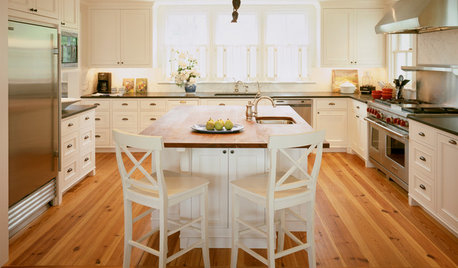
KITCHEN DESIGN3 Steps to Choosing Kitchen Finishes Wisely
Lost your way in the field of options for countertop and cabinet finishes? This advice will put your kitchen renovation back on track
Full Story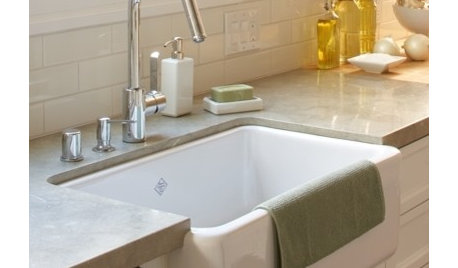
CONTRACTOR TIPSContractor Tips: Countertop Installation from Start to Finish
From counter templates to ongoing care, a professional contractor shares what you need to know
Full Story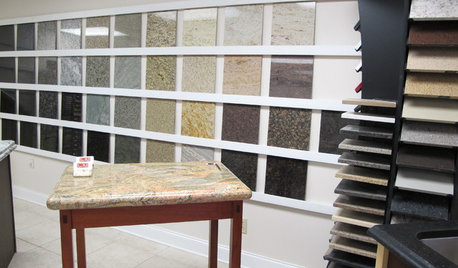
KITCHEN COUNTERTOPSWalk Through a Granite Countertop Installation — Showroom to Finish
Learn exactly what to expect during a granite installation and how to maximize your investment
Full Story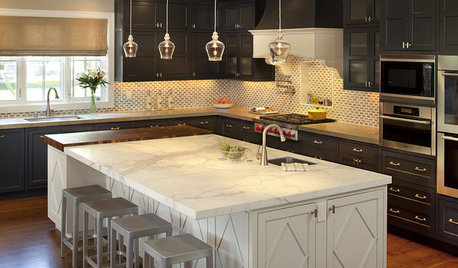
KITCHEN DESIGNBar Stools: What Style, What Finish, What Size?
How to Choose the Right Seating For Your Kitchen Island or Counter
Full Story
TINY HOUSESAdventure Seekers Hit the Road in a Cozy School Bus Home
Wood floors, butcher block countertops, custom furnishings and LED lights make life on the road feel like just another stylish day at home
Full Story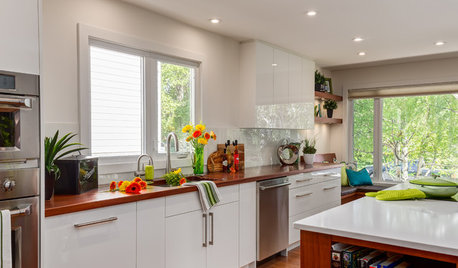
KITCHEN DESIGNThe Best Backsplashes to Pair With Wood Counters
Simplify your decision-making with these ideas for materials that work well with wood counters
Full Story





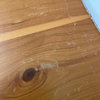


bobismyuncle
vindivinoOriginal Author
Related Professionals
Country Club Cabinets & Cabinetry · Burr Ridge Cabinets & Cabinetry · Little Chute Cabinets & Cabinetry · Birmingham Carpenters · Albuquerque Flooring Contractors · Beacon Flooring Contractors · Belvedere Park Flooring Contractors · Brockton Flooring Contractors · Georgetown Flooring Contractors · Lake Stevens Flooring Contractors · Lenexa Flooring Contractors · Lewis Center Flooring Contractors · North Tustin Flooring Contractors · Silver Spring Furniture & Accessories · Stamford Furniture & Accessoriesbobismyuncle
bobismyuncle
vindivinoOriginal Author
foster1973_gmail_com
bobismyuncle
spfrosty
bobismyuncle
breezy_2
breezy_2
alisonn
bobismyuncle
LeslieEThompson
CEFreeman
Michelle Farris